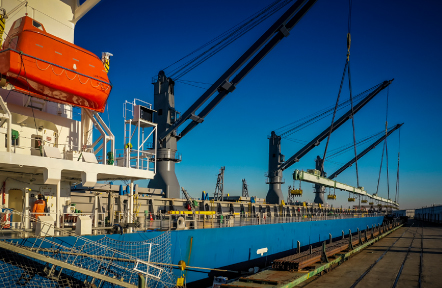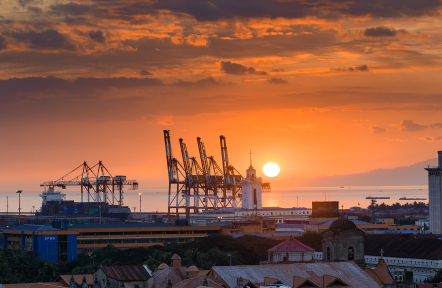
Sitting on about 4,200 acres of land, the Port of Stockton has served as the main gateway to California’s Central Valley and several areas outside California. Since it opened 80 years ago, the port has capitalized on its relationship with rice growers in northern California to consolidate its growth.
“Our relationship with Japan goes back many decades. Japan is very important to us. We actually maintain an overseas representative in Tokyo,” said Director Richard Aschieris.
As business shows signs of further improvement, the private sector has recognized the huge potential of the port. It has orchestrated $2.3 billion worth of projects, including the expansion of port facilities, and the development of support infrastructure for related business, such as a biomass plant that supplies energy to the port.
The board also recently approved a contract for a major American railroad operator to operate train lines in and out of the port. With the import of Japanese-made steel expected surge this year, the Port of Stockton in positioning itself as an efficient and cost-effective option to other ports, which have grown more congested in the past few years.
“We are very conscious about the quality of service at our facilities. We have these great transportation assets that are really good for reaching into the rest of the country. We have invested and continue to invest, whether it is on the ship channel, the rail systems, or our marine highway barge services. We have a lot of great logistics synergies all coming together right here in the Central Valley and away from areas that have really been hit hard by congestion” said Aschieris.
“I cannot tell you enough how important Japan really is to the success of the Port of Stockton. Companies in Japan have enjoyed personal and quick service. We have very good attention to detail, which is appreciated in Japan. We recognize the value of the Japanese market to us and are open to expanding our business relationship with Japan” he added.
- Note: This Special Report on Northern California originally appeared in The Japan Times on July 29, 2014 (Credit: Philippe Le Saux)









